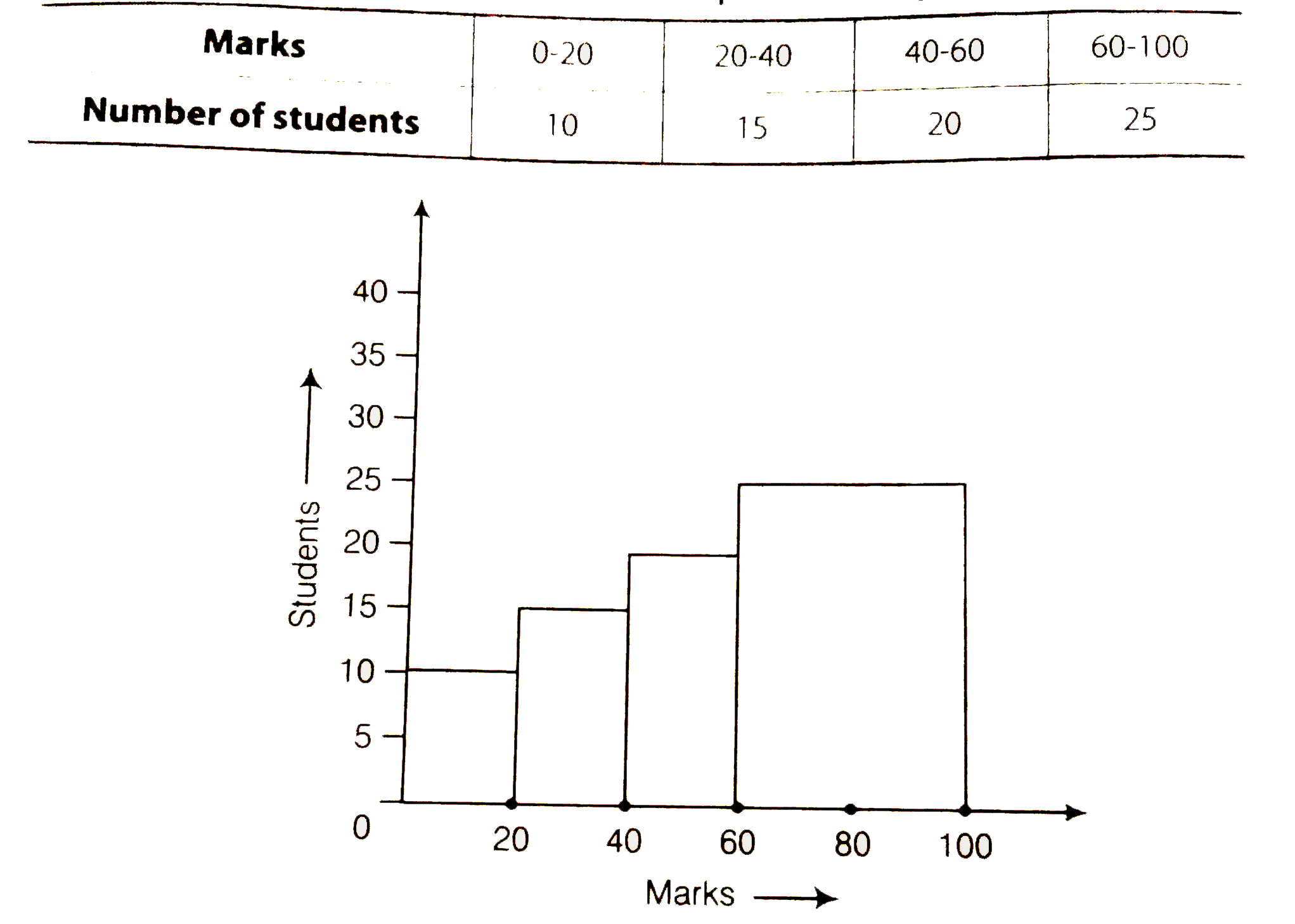In a frequency distribution, ogives are graphical representation of (a) Frequency (b) Relative frequency (c) Cumulative frequency (d) Raw data
The correct Answer is:c
To solve the question regarding what ogives represent in a frequency distribution, we can follow these steps:
1. Understand the Concept of Ogives:
An ogive is a graphical representation that shows the cumulative frequency of a dataset. It helps in understanding how many data points fall below a certain value.
2. Identify the Components of an Ogive:
In constructing an ogive, we plot points using the upper class limits of the data intervals against their corresponding cumulative frequencies.
3. Define Cumulative Frequency:
Cumulative frequency is the sum of the frequencies for all classes up to a certain point. It tells us how many observations fall below a particular class limit.
4. Analyze the Options Given:
- (a) Frequency: This represents the number of occurrences of each class interval.
- (b) Relative frequency: This is the frequency of a class divided by the total number of observations.
- (c) Cumulative frequency: This is the total frequency accumulated up to the upper class limit.
- (d) Raw data: This is the original data set without any processing.
5. Determine the Correct Answer:
Since ogives are based on cumulative frequencies, the correct answer is (c) Cumulative frequency.
Final Answer:
(c) Cumulative frequency
An ogive is a graphical representation that shows the cumulative frequency of a dataset. It helps in understanding how many data points fall below a certain value.
In constructing an ogive, we plot points using the upper class limits of the data intervals against their corresponding cumulative frequencies.
Cumulative frequency is the sum of the frequencies for all classes up to a certain point. It tells us how many observations fall below a particular class limit.
- (a) Frequency: This represents the number of occurrences of each class interval.
- (b) Relative frequency: This is the frequency of a class divided by the total number of observations.
- (c) Cumulative frequency: This is the total frequency accumulated up to the upper class limit.
- (d) Raw data: This is the original data set without any processing.
Since ogives are based on cumulative frequencies, the correct answer is (c) Cumulative frequency.
(c) Cumulative frequency
Topper's Solved these Questions
Similar Questions
Cumulative Frequency Distribution
View SolutionQuartile deviation for a frequency distribution is
View SolutionFrom the frequency distribution table from the following data

View SolutionThe mode of a frequency distribution can be determined graphically from (a) Histogram (b) Frequency polygon (c) Ogive (d) Frequency curve
View SolutionFor a frequency distribution 7th decile is computed by the formula
View SolutionThe median of a given frequency distribution is found graphically with the help of (a) Histogram (b) Frequency curve (c) Frequency polygon (d) Ogive
View SolutionThe frequency distributions been represented graphically as follows.

Do you think representation is correct? Why?
View SolutionFor the following frequency distribution

The upper limit of median class is
View SolutionWhich one of the following is not the graphical representation of statistical data: bar graph (b) Histogram Frequency polygon (d) Comulative frequency distribution
View SolutionExplain the difference between a frequency distribution and a cumulative frequency distribution.
View Solution
